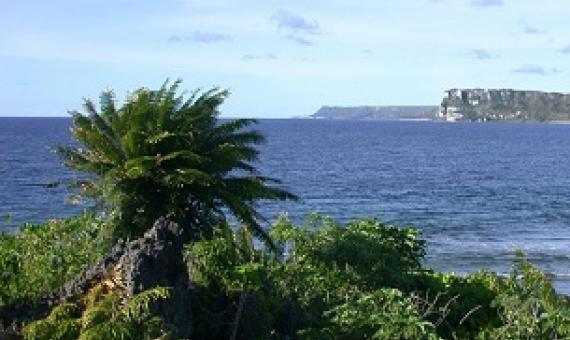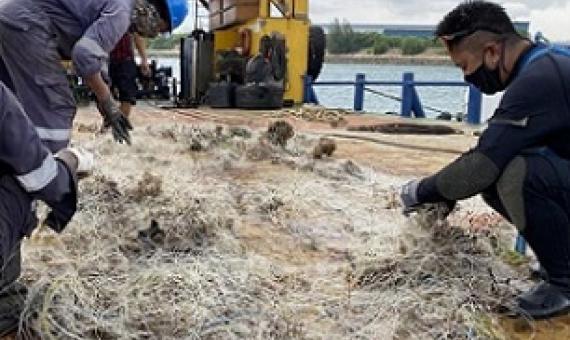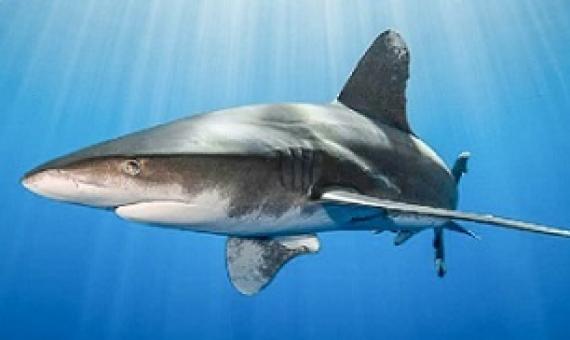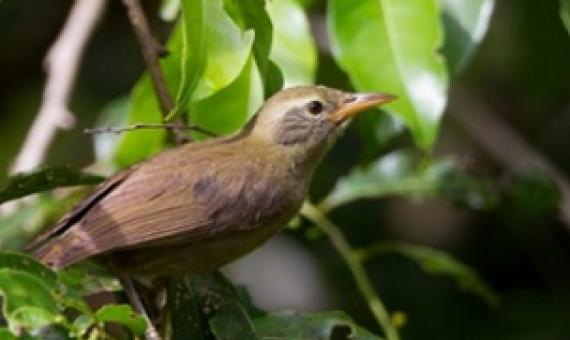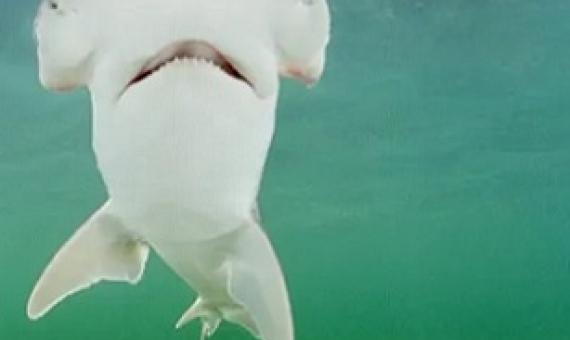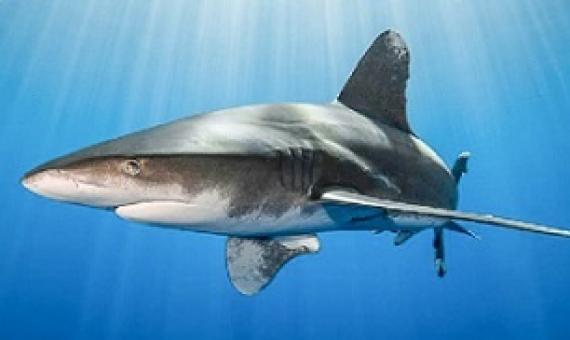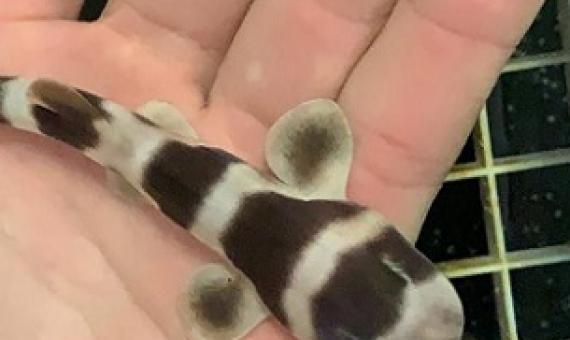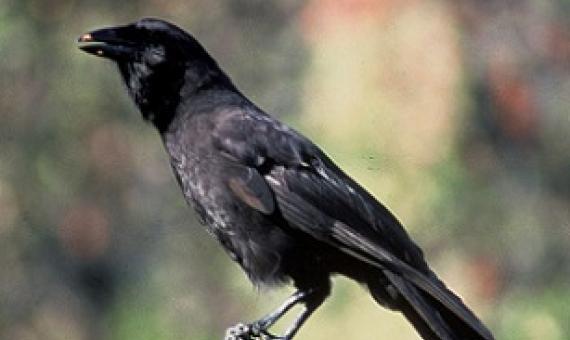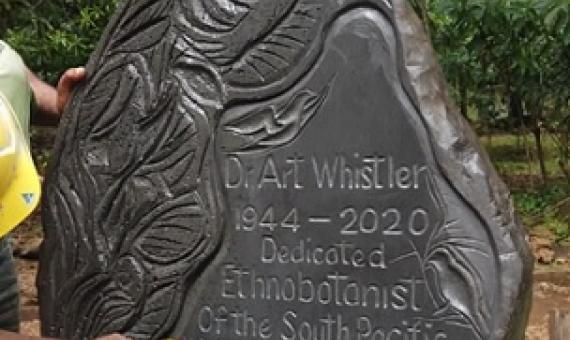Are the traditional practices tied to endangered species at risk of being lost? The answer is yes, according to the authors of an ethnographic study published in the University of Guam peer-reviewed journal Pacific Asia Inquiry.
The hawksbill turtle found dead in waters off Pulau Hantu earlier this month had been so tightly bound by a drift net that the man who freed the carcass found the animal's head severed from its body.
WWF urges all states fishing for tuna to implement a set of urgently needed measures – including 100% observer coverage on all industrial fishing vessels by 2030 and recovery plans for all critically endangered and endangered oceanic sharks and rays by 2026 – in order to prevent extinctions and r
When we think about heritage, we often think about the latte villages, slingstones, the handprints on the walls of the Litekyan caves, and the pictographs in the Gadao cave, all of which are important symbols of CHamoru cultural identity.
The conservation community has fiercely debated whether to help species move as climate change and habitat loss threaten more extinctions. Now, scientists are calling on an upcoming international conference to set guidelines for this complex – and potentially risky – challenge.
Scientists in Florida have concluded that sharks possess an internal navigation system similar to GPS that allows them to use Earth’s magnetic forces to travel long distances with accuracy.
The Government of Fiji has been an active driver towards the conservation and management of sharks and rays regionally and globally.
Sixteen out of 31 oceanic shark species are now critically endangered or endangered, a study published in the journal Nature found earlier this year. The number of oceanic sharks and rays in the world has declined by 71% from 1970 to 2018,the researchers observed.
The forests of Hawaii island are the historical home of the Hawaiian crow, also known as the alala.
The Art Whistler Memorial Garden is on track to open in June and the tribute to the legendary Pacific botanist will serve as a home for endangered Samoan plant species. The Assistant Chief Executive Officer (A.C.E.O) of the Ministry of Natural Resources and Environment's (M.N.R.E) Department

